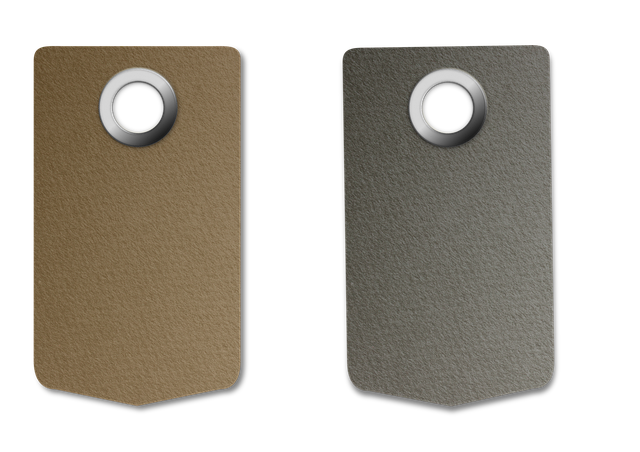Skin tags, medically acrochordons, are common soft growths caused by protein buildup under the skin, potentially from heredity or lifestyle factors. In Leeds, removal options range from DIY at-home solutions like salicylic acid and duct tape to professional procedures tailored for various tag types. Consulting a specialist is advised for persistent or severe cases of Leeds Skin Tag Removal.
Skin tags, those small, soft skin growths, are common yet often annoying. This guide explores effective removal techniques, from at-home remedies to professional treatments, focusing on Leeds Skin Tag Removal options. We delve into causes and types, providing insights for informed decisions. From topical creams to laser treatments, learn about safe, non-invasive methods. Discover natural remedies and understand the pros and cons of DIY vs. professional care.
Understanding Skin Tags: Causes and Types
Skin tags, also known as acrochordons, are small, soft skin growths that typically appear as harmless bumps on various parts of the body, most commonly the neck, armpits, and groin. They are usually not a cause for concern, but some individuals may find them aesthetically displeasing and opt for Leeds Skin Tag Removal procedures to get rid of them. Understanding their causes and types can help in making informed decisions about treatment options.
These growths form when collagen and other proteins accumulate beneath the skin’s surface, leading to the development of a small tag or appendage. They are often hereditary, with certain genetic conditions increasing the likelihood of developing skin tags. Additionally, they can be triggered by factors like friction, weight gain, hormonal changes, or simple aging. There are several types, including tag-like attachments, flesh-colored bumps, and larger, more prominent growths that may have a stalk-like appearance. Recognizing these variations can assist in choosing the most suitable removal method.
Non-Surgical Removal Methods at Home
When considering non-surgical skin tag removal in Leeds, several at-home methods offer effective solutions for those seeking convenience and cost-effectiveness. One popular option is using a salicylic acid solution. This over-the-counter medication is known to soften the skin tags, making them easier to remove. It’s crucial to follow the product instructions carefully and be consistent with applications.
Another home remedy involves using duct tape. Adhering small pieces of duct tape to the skin tag for several days can lead to its eventual shedding. This method requires patience, but it’s a simple, inexpensive option for minor skin tags. However, it’s important to note that while these DIY techniques are popular, they may not be suitable for everyone or every type of skin tag. Always consider consulting a professional for more severe or persistent cases of skin tag removal.
When considering Leeds skin tag removal, understanding your options is key. Both non-surgical methods at home and professional treatments offer effective solutions. For minor cases, trying home remedies can be a gentle, cost-effective first step. However, for larger or persistent tags, consulting a specialist for advanced techniques like cryotherapy or surgical excision is advisable. Remember, proper hygiene and patience are vital during the healing process. With the right approach, you can bid farewell to those pesky skin tags and regain your confidence.
